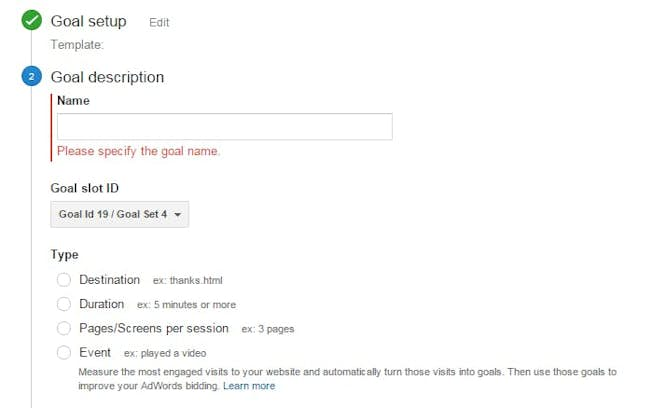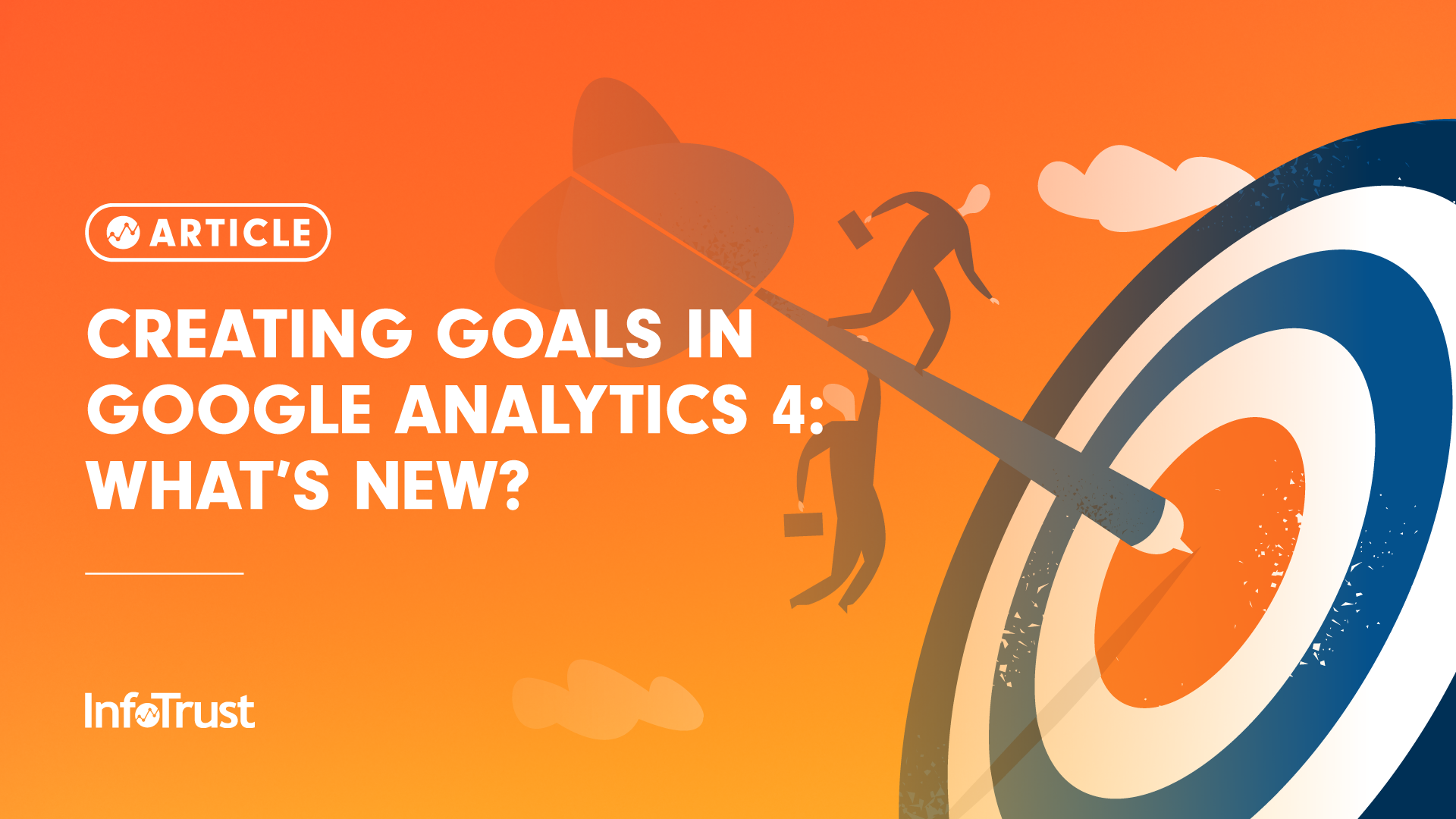Understanding What Data Is Google Analytics Goals Unable to Track
Understanding What Data Is Google Analytics Goals Unable to Track
Blog Article
Demystifying Google Analytics Limitations: Reveal What Information Goals Can not Track
In the world of electronic analytics, Google Analytics stands as an effective tool that supplies useful understandings right into internet site performance and user habits. Nonetheless, in the middle of its capacities, there exist restrictions that commonly go undetected. Comprehending what Google Analytics can not track is vital for a comprehensive grasp of data analysis and decision-making processes. From the intricacies of user communication with vibrant material to the intricacies of cross-device individual trips, these restrictions clarified areas that may stay covered from traditional analytics perspectives. By unraveling these constraints, a more clear image emerges, permitting even more enlightened strategies and improved insights into user engagement and conversions.

User Interaction With Dynamic Content
Customer interaction with vibrant content plays a vital role in understanding user habits on web sites and optimizing the total customer experience. Dynamic content describes elements on a web page that can alter without the need for a full web page reload. This includes interactive elements such as pop-ups, sliders, kinds, and videos that react to customer actions in real-time. By tracking individual communications with vibrant content, internet site owners can gain valuable understandings right into individual engagement, preferences, and habits.
Google Analytics provides numerous devices to track individual interactions with vibrant material, such as event tracking and online pageviews. Occasion tracking permits you to check particular individual activities, like clicking a button or enjoying a video, giving information on exactly how individuals communicate with vibrant elements.
Cross-Device User Journeys
Just how can modern-day analytics devices track the complex courses customers take across several tools in their on the internet trips? Cross-device customer trips offer a significant obstacle for monitoring and evaluating customer habits precisely. As individuals connect with apps or websites making use of different tools such as smart devices, desktop computers, and tablet computers, it becomes crucial to recognize just how they move between these systems to enhance user experience properly.
Google Analytics encounters constraints in tracking cross-device individual journeys due to privacy problems and technological constraints - what data is google analytics goals unable to track. While it can supply understandings into private tools' interactions, tracking a smooth customer journey throughout several devices continues to be a difficulty. This constraint can result in insufficient data and fragmented user insights, making it difficult for companies to develop a unified view of the consumer trip
To resolve this problem, companies can use sophisticated analytics devices that supply cross-device tracking capabilities, enabling them to get an extra all natural understanding of customer behavior. By leveraging these devices, organizations can bridge the void in tracking cross-device user journeys and maximize their digital techniques for a seamless user experience.
Offline Conversions and Attribution
As organizations navigate the obstacles of tracking cross-device individual journeys, another critical element to take into consideration is the world of offline conversions and attribution in the world of information analytics. While Google Analytics gives important insights into on the internet user actions, it fails when it comes to tracking conversions that take place offline. This limitation postures a significant obstacle for services that have both online and offline sales channels.
Offline conversions, such as purchases made in physical stores or with telephone call centers, are vital to understanding the total client journey. Without the capacity to attribute these offline conversions to particular on the internet interactions, companies may have a hard time to precisely determine the effect of their electronic marketing initiatives.
To resolve this void, businesses can explore different services such as integrating CRM systems with on the internet analytics tools or using unique promotion codes that can be mapped back to on-line projects. By bridging the gap in between online and offline data, services can acquire a more comprehensive understanding of their consumers' habits and enhance their overall advertising and marketing methods.
Individual Customer Identification
In the realm of data analytics, the capacity to precisely recognize specific customers throughout numerous on the internet touchpoints is a critical obstacle for organizations looking for to personalize and optimize their advertising approaches. While Google Analytics provides valuable insights into customer actions and communications, it drops short in enabling the identification of specific people due to privacy concerns and technological limitations. Google Analytics makes use of unique identifiers such as cookies to track user sessions and habits, yet these do not relate to identifying specific users in an individual feeling.

Information From Secure Pages
In spite of the enhancing frequency of safe and secure web pages on websites, getting information from these encrypted resources presents an unique obstacle for electronic these details analytics systems like Google Analytics. Protect web pages, suggested by HTTPS in the link, secure data traded in between the user's internet browser and the website's server to make certain personal privacy and protection. While this file encryption is vital for safeguarding sensitive information, it additionally positions limitations for tracking customer habits and celebration analytics data.
Google Analytics encounters barriers in gathering comprehensive info from secure pages because of the security procedures in location. Consequently, certain data points such as reference resources, keyword searches, and even some individual communications may not be totally recorded when customers access an internet site with a protected connection. This limitation can affect the precision and efficiency of the data analysis, bring about gaps in comprehending customer behavior and choices on safe and secure web pages.
To browse this obstacle, electronic experts may need to check out alternate tracking methods or utilize other tools particularly made to collect insights from safe and secure pages. By adapting strategies resource to suit these restrictions, businesses can still obtain valuable analytics despite the constraints offered by encrypted connections.
Verdict
In final thought, Google Analytics has restrictions in tracking customer communication with vibrant material, cross-device customer trips, offline conversions, specific customer identification, and information from secure pages. Despite its useful insights, Google Analytics might not provide a complete image of user engagement throughout various touchpoints.
Individual communication with vibrant content plays a critical function in recognizing customer behavior on websites and optimizing the overall individual experience. By tracking customer communications with dynamic content, internet site proprietors can gain useful understandings into individual involvement, choices, and actions.
Google Analytics utilizes unique identifiers such as cookies to track individual sessions and behavior, however these do not relate to recognizing individual users in an individual sense.
As a result, certain data factors such as referral resources, keyword searches, and even some user interactions may not be totally caught when customers access an internet site via a secure connection.In final thought, Google Analytics has restrictions in tracking individual interaction with dynamic web content, cross-device customer journeys, offline conversions, private customer recognition, and information from protected web pages.
Report this page